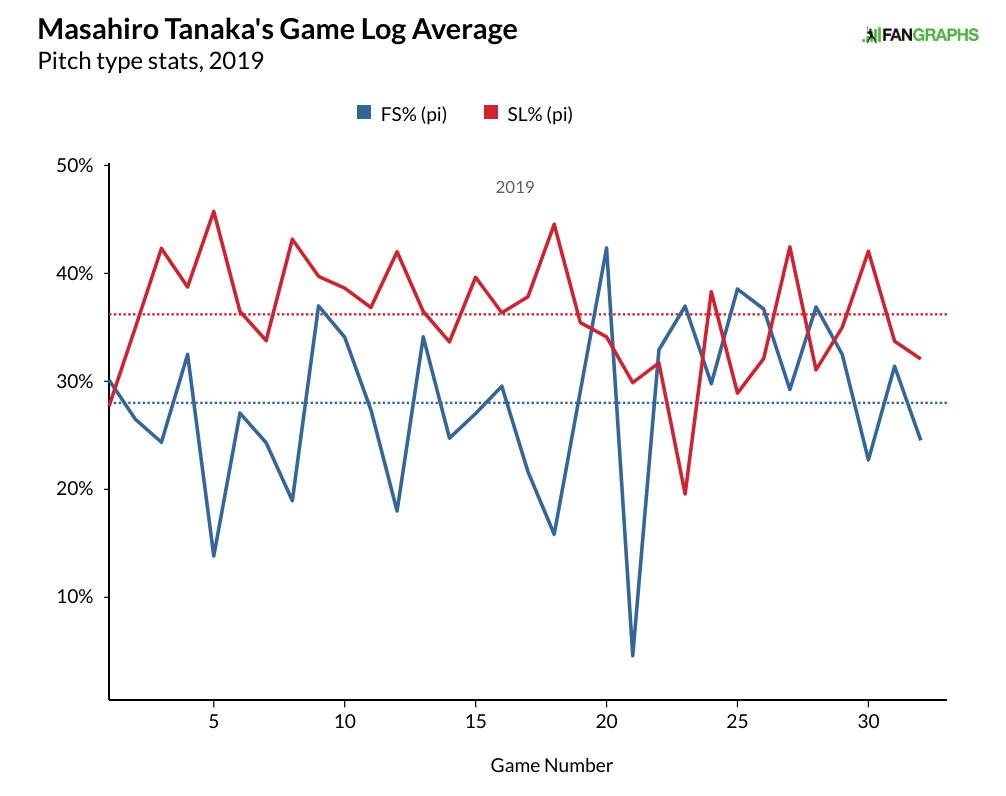The beginning of the season was met with a juiced ball conspiracy; the end of the season has been greeted with more speculation about changes to the baseball. Jay Jaffe discussed whether the balls used in the playoffs are different from the homer-happy balls used all spring and summer. Rob Arthur presented research at Baseball Prospectus showing increased drag on balls used in the playoffs, and Ben Lindbergh has weighed in as well.
Ahead of the second game of the NLCS, I asked Cardinals manager Mike Shildt about a couple hard hit balls in the first game of the series, whether balls were carrying as far in October, and how it might impact his on-field decisions. He confirmed some of the suspicions about the dead ball.
I thought Ozuna got his ball, based on the sound, based on the swing. But clearly it didn’t get out. And you kind of realized then we were dealing with an evening where the ball wasn’t going to carry as much. I guess — I don’t guess, our front office analytical group is saying the ball’s not traveling at about a four-and-a-half foot difference. So I don’t know how that impacts what you do as far as your matchups or more inclined to throw a fly ball guy, I mean four-and-a-half feet is not overly significant, maybe gives us an opportunity to rob someone of a homer a little bit more. But I don’t think it really impacts how you make decisions. I don’t think it’s that much of a disparity in that to determine if you’re going to throw a guy a certain way or play a guy a certain way.
As to what was causing the drop in fly ball distance, Shildt refused to speculate:
I mean there’s probably all kind of different theories behind that that I won’t really get into. Just the fact of the matter, it could be any number of things. And again, small sample size. What we do with it is, it’s more of a fact than it is a bit of a tidbit than it is anything we’re going to really ultimately act upon. I don’t know whether it’s just our games or in total in postseason baseball or what have you. It’s not a big enough number or sample size for me to do anything about.
Shildt wasn’t the only person who noticed balls haven’t been flying quite as far. Dave Martinez, managing the Washington Nationals, said he noticed the change and thought it might have been the weather. The Marcell Ozuna ball in the second inning came off the bat at a launch angle of 36 degrees and an exit velocity of 106 mph, and went 382 feet. This season, there have been 68 batted balls with a launch angle between 35 and 37 degrees and exit velocity between 105 and 106 mph. The average distance of those fly balls was 399 feet; only seven went 382 feet or fewer. Forty-five of those 68 balls went for homers during the regular season. Martinez had this to say about Ozuna’s shot.
[W]hen he hit it, he hit it you awfully high and awfully hard. The thing I know about this time of year is the air gets a little heavy, so I was just hoping that the air was really, really heavy after he hit the ball and it stayed in the park. I think Gomes hit a ball really hard too and it short-hopped the wall. So I knew that the balls weren’t going to carry.
Martinez indicated that less carry actually impacted some of the decisions he made during the game.
[O]ur outfielders played a little bit more shallow yesterday than they normally do, only because we figured the ball was not going to travel as far. The other thing, too, is that I talked to the guys about maybe, last night, if they get an opportunity to bunt for hits or whatnot, that go ahead and try it.
He went on to say he absolutely did not tell Juan Soto to bunt on his attempt during Friday’s game. Whether MLB is using different balls from the regular season is probably still a question that needs answering, but managers and teams have taken note that balls aren’t traveling as far in the playoffs and making some strategic decisions based on that knowledge.

